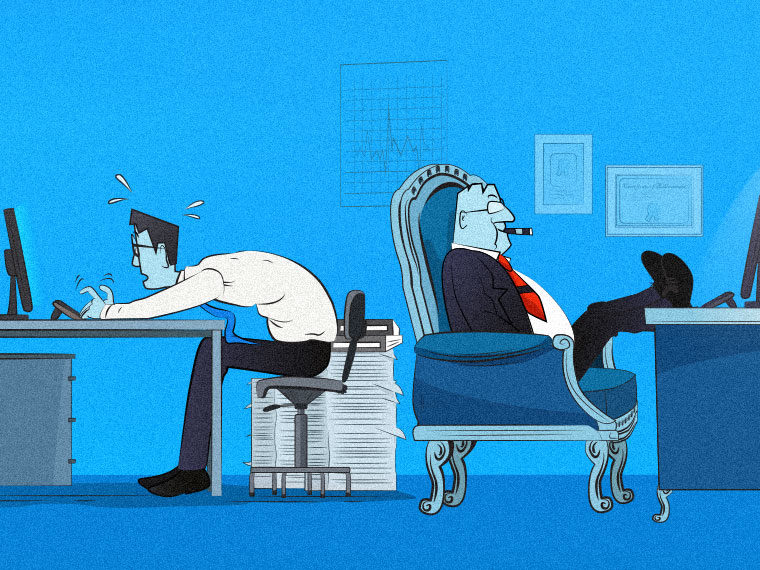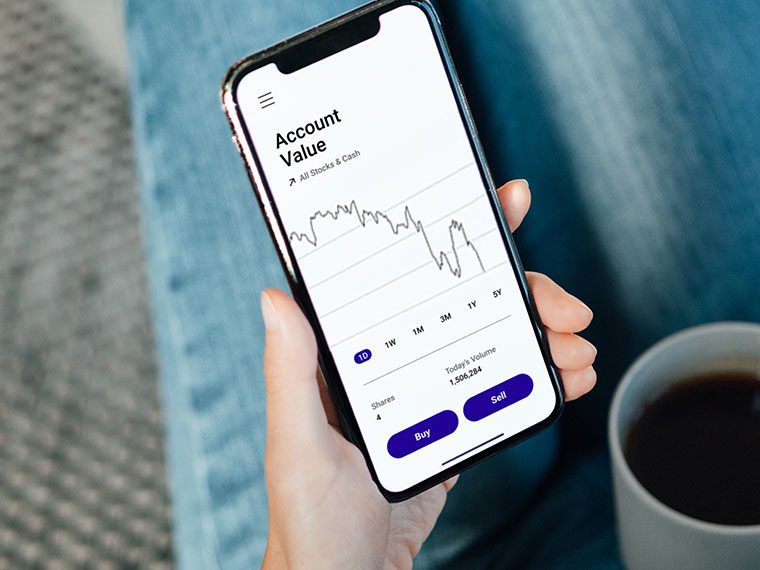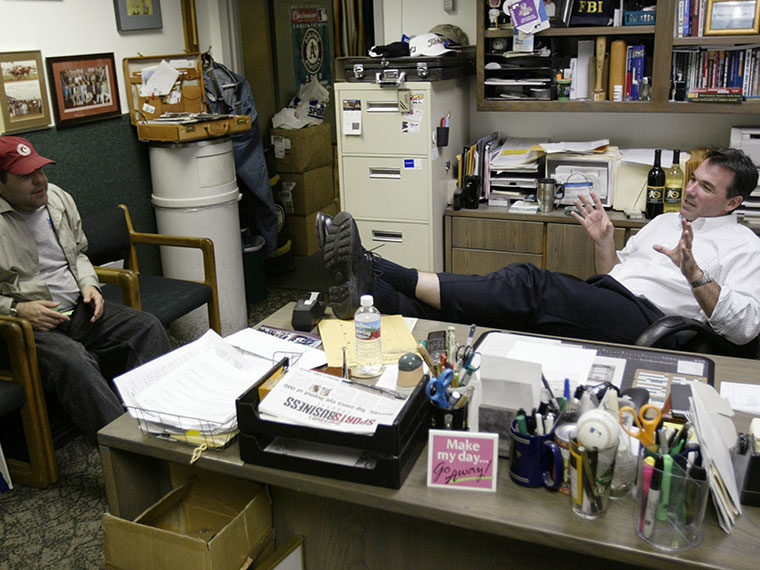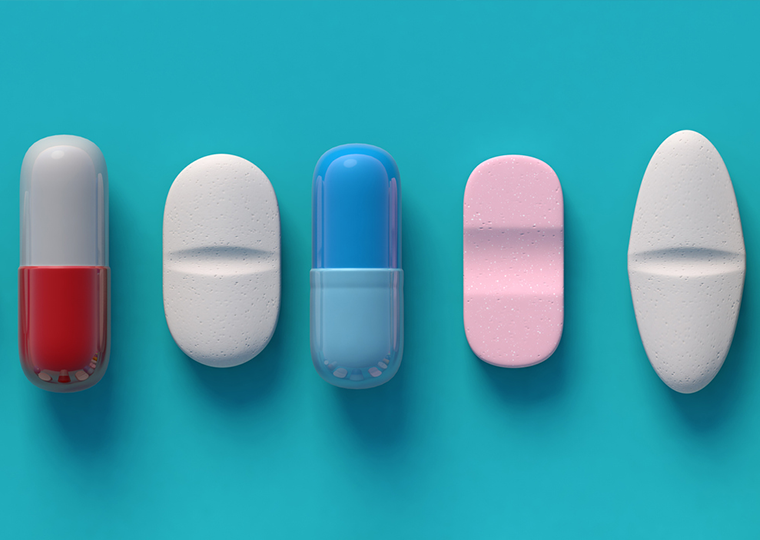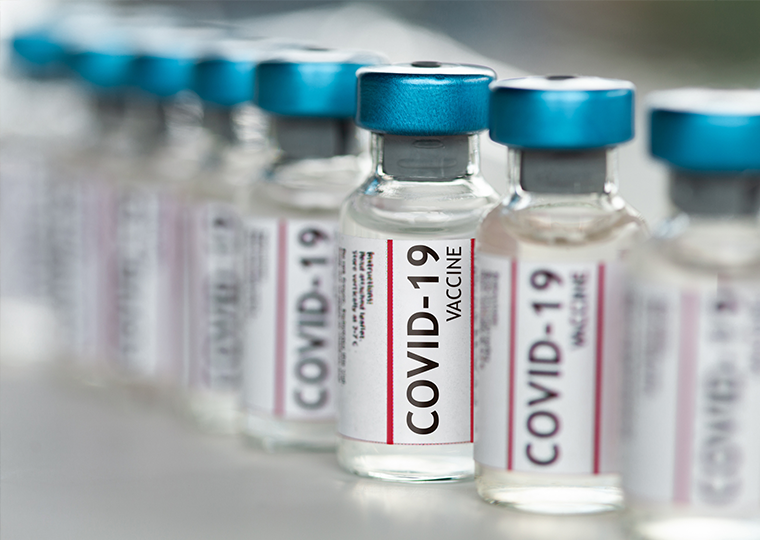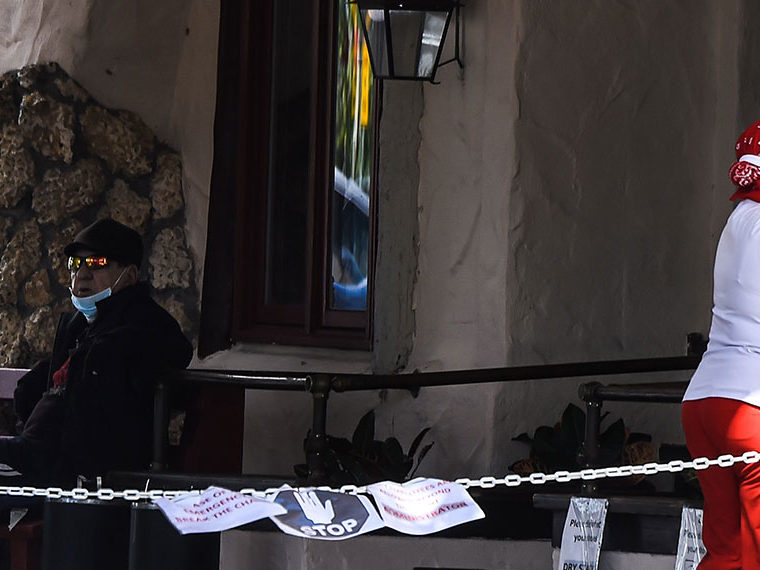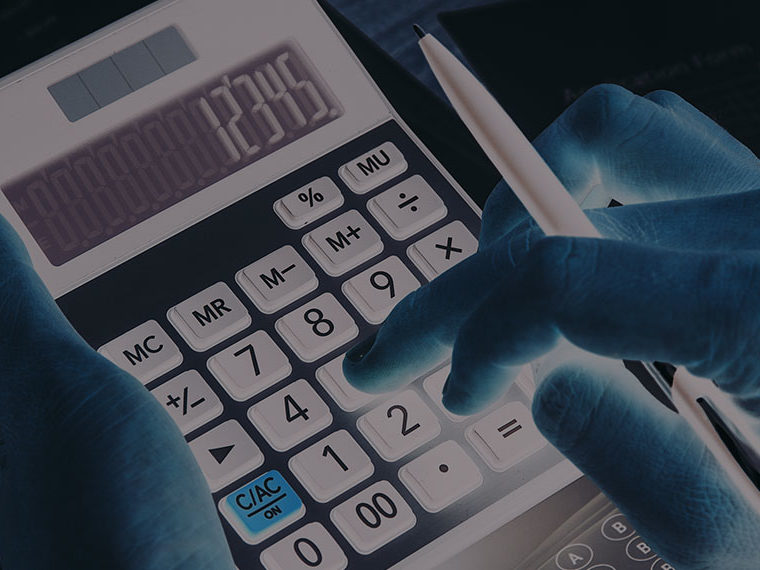Pharmacies aren’t everywhere — adding dollar stores could reduce average distance to vaccination by 62%
In early 2021, as Americans who wanted a COVID-19 vaccination faced impossibly long lines at mega sites, or a virtual battle to book a slot at an impossibly insufficient number of local vaccination sites, the federal government made a hard and fast pivot.
The decision to allow pharmacies to deliver COVID-19 vaccine jabs was undoubtedly a big success as it enlisted 58,000 pharmacies to serve as official vaccine sites.
While that is a staggering number of pharmacies, not everyone lives down the block or a short hop to a local pharmacy. By one estimate, about 9 million Americans live more than 10 miles from a pharmacy. And lower-income and minority groups most often find themselves in such a “vaccination desert.” Research in 2021 found a wide disparity in many counties between the distances Black and white residents would need to travel to a vaccination site.
Meet Them Where They Are
What pharmacy-starved communities do have are dollar stores.
The business model of Dollar General (more than 17,000 stores in 46 states), and Dollar Tree and Family Dollar (7,000 stores each) emphasizes operating in lower-income communities, where they typically face less competition.
A working paper finds that adding dollar stores into our national vaccination site matrix would significantly reduce vaccination inequity by placing more sites closer to communities currently underserved.
UCLA Anderson’s Fernanda Bravo, Jingyuan Hu, a Ph.D. student, and Elisa Long created a model that overlayed the existing pharmacies with dollar stores to find the most strategic placement of sites in a given community that would result in shorter commuting distances.
Overall they are able to reduce travel distances by an average of 62% nationwide. That translates to reducing the average current distance-to-vax-site of 6.2 km (nearly 4 miles) to 2.4 km (about 1.5 miles). That shift creates a walkable option to get vaccinated; for the step-counters that works out to about a 6,000 step round trip.
Pharmacies, of course, have employees experienced in giving vaccinations from decades of flu shots. Offering vaccines at dollar stores would entail assigning local health care workers to the stores, perhaps once a week or as demand dictates.
The researchers’ optimization of which pharmacies and dollar stores to use in each community is more efficient. Their model doesn’t simply add dollar stores to the current squadron of pharmacies but rather shows strategically which pharmacies and dollar stores best reduce distance to a vaccination site. In their model an average of 37.5% of vaccinations would be more efficiently placed by adding dollar stores to the mix. In Mississippi, 77% of vaccinations would occur at dollar stores. Alabama would be 63% served by dollar stores, New Mexico 62% and Arkansas 61%.
And a shorter distance matters.
Using real-world data from California — and the opening and closures of mass vaccination sites like Dodger Stadium — they find that a 10% increase in travel distance between a census tract and a vaccination site decreases full vaccination by 0.5 percentage points. More to the point, every additional vaccination site within a 1 km (0.6 miles) radius boosts full vaccination by 1.6 percentage points.
Reducing Vaccine Inequity
The Gini coefficient is a statistic that measures level of inequality and ranges from zero (perfect equality) to one (complete inequality). It’s most commonly used to explain relative levels of income and wealth for a given population. For this project, the researchers created a Gini index based on distance to a vaccination site.
As the table below shows, optimizing the use of pharmacies and dollar stores reduces travel inequity in all but one state (Rhode Island) in the continental U.S. (This research does not include Hawaii or Alaska, as they do not have any dollar stores.)
The researchers drilled down to study how things would shake out in several large metro areas.
“Adding dollar stores to the mix of potential COVID vaccination sites could cut travel requirements by one-third for Black and Hispanic residents in California — and by more than 90% in Illinois — and simultaneously reduce the travel burden for every other racial group. This is achieved not through opening more locations, but rather by selecting better locations,” the authors note.
Cook County, Illinois, home to Chicago, would see a drop in its Gini coefficient from 0.75 to 0.35 if the county replaced some of the current 724 pharmacies and added 264 dollar stores. That optimized mix would bring down the average distance from 8.88 km to less than 1 km. Racial disparities in Illinois in the current pharmacy-centric vaccination regime are stark.
In Harris County, Texas, (home to Houston) switching from 577 pharmacies to a mix of 333 pharmacies and 218 dollar stores reduces the Gini coefficient from 0.38 to 0.28 while the average distance drops in half, to only 1.1 km.
Shifting from 321 pharmacies in Miami-Dade County in Florida to a mix of 274 pharmacies and 119 dollar stores reduces the Gini coefficient from 0.53 to 0.35 while cutting the average travel distance from 2.5 km to 1 km.
“While our work specifically examines partnering with dollar stores, the model is generalizable and could be readily applied to other retailers (e.g., gas stations, post offices),” they write.
In a world where annual flu vaccination has always been a public health win, and periodic booster shots for COVID-19 may be part of our new normal, that seems like a strategy for stakeholders to consider.
Featured Faculty
-
Fernanda Bravo
Assistant Professor of Decisions, Operations and Technology Management
-
Jingyuan Hu
Decisions, Operations and Technology Management, Ph.D. candidate
-
Elisa Long
Associate Professor of Decisions, Operations, and Technology Management
About the Research
Bravo, F., Hu, J., Long, E. (2022). Optimal COVID-19 Vaccination Facility Location.
